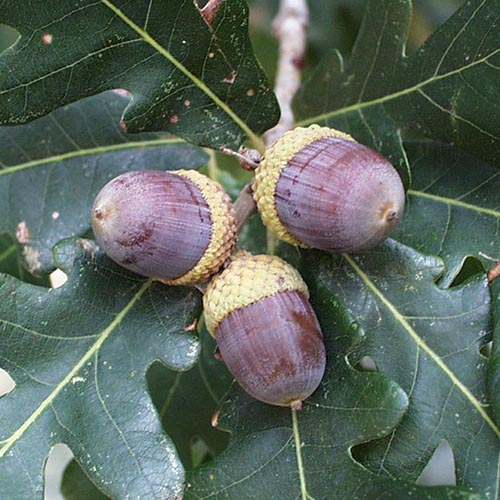
Listen to this Episode:
- From this webpage:
- Find the media player located under the episode picture.
- Click on the green triangle to listen to the audio for this episode.
- From your favorite podcast listening platform:
- Search for “Backyard Ecology.”
Show notes:
What happens when you do a shelterwood cut, conduct a prescribed burn, or have some other natural or human-made disturbance event in oak hickory forests? What happens to the acorn crop? How do different types of wildlife respond? What about the other vegetation in the woods?
In this Backyard Ecology episode I talk with Dr. Cathryn Greenberg. Katie is a Research Ecologist with the US Forest Service, Southern Research Station. She has been involved in multiple long-term studies looking at how different species, or groups of animals, respond to forest disturbances, both natural disturbances (wind, wildfires, etc.) and human-created disturbances (logging, prescribed burns, etc.). These forest disturbances can cause openings in the closed canopy of mature forests or may be more low-grade and not have much of an impact on the canopy.
Two aspects that make Katie’s research unique are:
- she and her colleagues have taken more of an ecological approach and studied the responses of many different types of organisms instead of focusing on only one type, and
- her studies are long-term projects that in many cases last 10-20 years.
We talked about a wide variety of topics including how forest disturbances such as shelterwood cuts can affect acorn production. We also discussed the impacts of different types of forest disturbances on breeding songbirds populations and diversity, as well as, on reptile and amphibian populations. We even took a side tangent to discuss a long-term study she and her colleagues have conducted looking at amphibian use of ephemeral pools in Florida.
One important concept to recognize from her research is that forest disturbances don’t affect all species the same, even within the same general “group,” such as songbirds. Some may benefit from the disturbances; some not-so-much, at least temporarily. Like with anything else, there isn’t a one-size-fits- all answer. We wrap up with Katie reminding us how important it is to know our goals and what we are trying to accomplish with our land management.
Links:
- Katie’s email: cathryn.greenberg@usda.gov
- Summaries / Compass Live articles about Katie’s research
- Books that Katie has edited
- Natural Disturbances and Historic Range of Variation: Type, Frequency, Severity, and Post-disturbance Structure in Central Hardwood Forests USA
- Sustaining Young Forest Communities: Ecology and Management of early successional habitats in the central hardwood region, USA
- Backyard Ecology’s website
- Backyard Ecology blog – https://www.backyardecology.net/blog/
- Backyard Ecology’s Patreon page – https://www.patreon.com/backyardecology
- Subscribe to Backyard Ecology emails – https://www.backyardecology.net/subscribe/
- My email: shannon@backyardecology.net
* Amazon links are affiliate links and I earn a small commission from qualifying Amazon purchases made the link. The commission is paid by Amazon and comes at no extra cost to you, but helps support the costs associated with hosting the Backyard Ecology blog, podcast, and website.
Episode image:
- White oak acorns.
- Photo credit: Paul Wray, Bugwood.org, cc-by 3.0

Backyard Ecology: Exploring Nature in Your Backyard
Nature isn’t just “out there.” It’s all around us, including right outside our doors. Hi, my name is Shannon Trimboli, and I am the host of Backyard Ecology. I live in southcentral Kentucky and am a wildlife biologist, educator, author, beekeeper, and owner of a nursery specializing in plants for pollinators and wildlife conservation. I invite you to join me as we ignite our curiosity and natural wonder, explore our yards and communities, and improve our local pollinator and wildlife habitat. Learn more or subscribe to my email list at www.backyardecology.net.

Leave a Reply